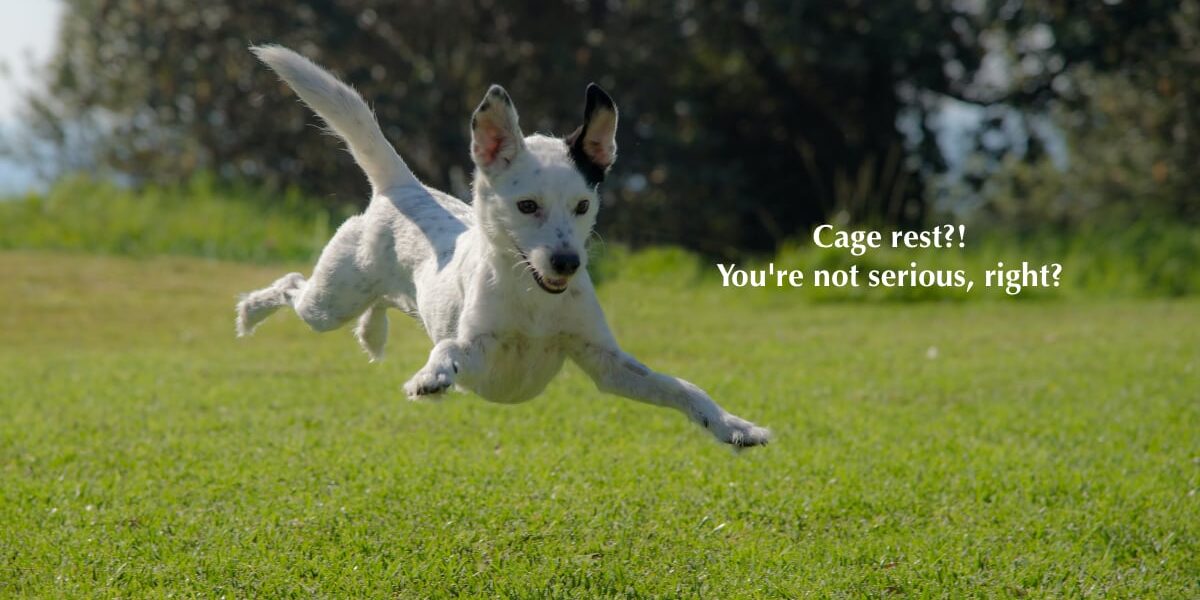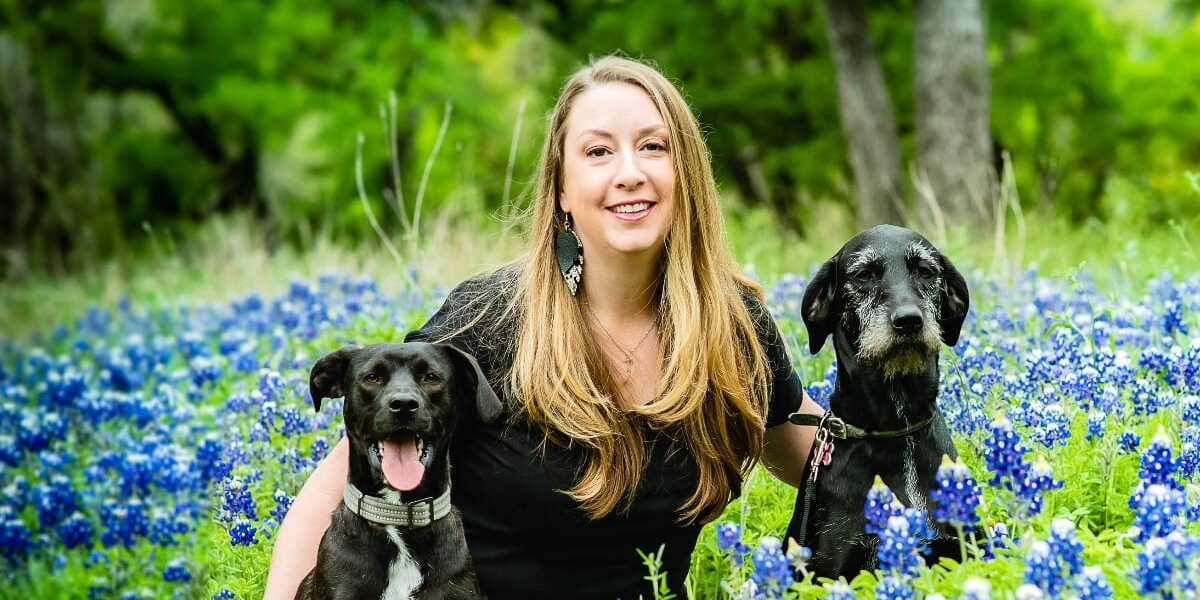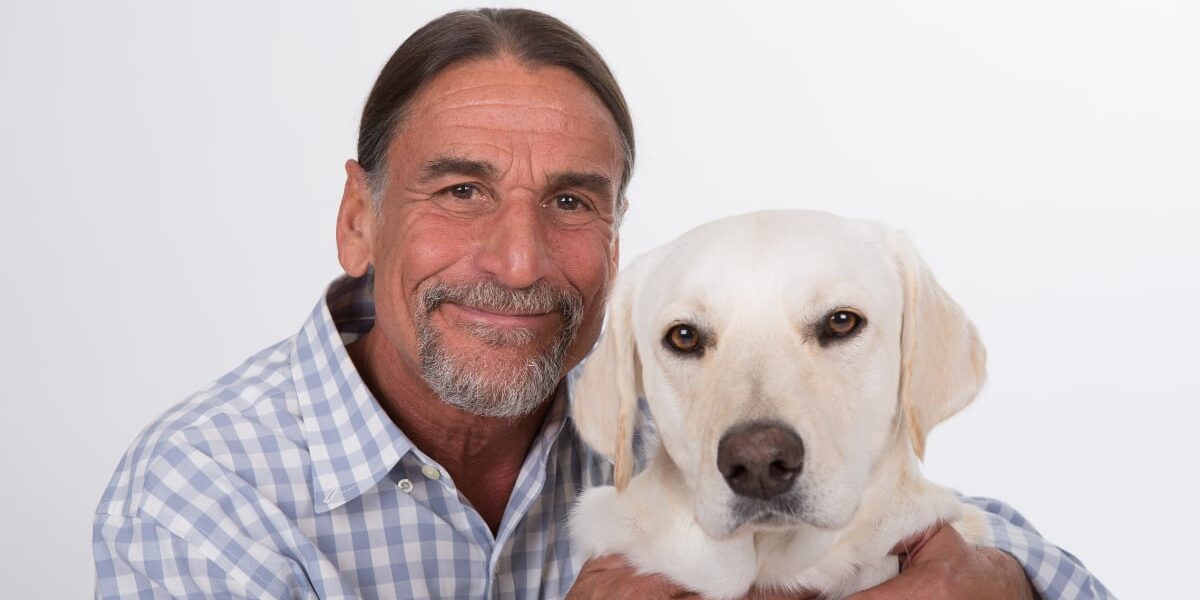When Paradigms Crash
Out of the Dust, Good Things Emerge
You may have seen in the news, if you were looking closely a few weeks back, that Tyson Foods, the mega chicken raising corporation, euthanized some 9000 birds in a flock in Arkansas when they were discovered to have a virus named H7N7, a version of avian influenza, aka “bird flu.” In addition, all poultry within a six mile radius was quarantined, as a control measure to prevent this virus from spreading.
Amid assurances from Tyson that the avian flu had been contained by these measures, Japan, Russia, and China banned imports of chicken from Arkansas. Yeah, China, who brought melamine into our dog food and where people recently died of a slightly different bird flu, called H7N9.
Animal Husbandry?
You’ve likely seen the horrid pictures of how chickens are raised. Multiple birds jammed into wire cages, bank upon bank of cages in long barns made for egg production, or just walking the overcrowded barn floor if they’re meat birds, stepping over their fallen comrades. It’s in this setting that viruses can take hold and thrive, spreading rapidly through the stressed, immune compromised “units of production.”
This industrial model was filmed for the first time in Food, Inc. One Carole Morison risked her career and farm by showing the grizzly conditions of corporate servitude that she lived under, raising birds for Perdue Farms. If you haven’t seen it, I highly recommend Food Inc. I guarantee there’s smiling good news in it, to contrast with the broken paradigm of food production in our country.
Good News Rules!
Carole lost her contract with the mega-bird corp, and nearly lost her farm, but she and her husband decided to step out of this paradigm and into another: pasture raised poultry. After 23 years of raising Frankensteined poultry bred to grow rapidly and giving their lives to the corporation, the Morisons are finally happy again. They are now raising healthy, intelligent, interactive birds who instinctively know how to peck for bugs, forage on grass pastures, and run up to greet visitors: these are real chickens. Here’s a brief video: [youtube id=”v0D8uiIIIBw” align=”center”]
And Good News Spreads!
Last year I had the good fortune to meet Catherine Stewart of Vital Farms, an Austin based but now nationwide group of farmers dedicated to growing pasture raised eggs and broilers. Their chickens live outside and graze all year round, and the eggs they lay are higher in EFA’s, vitamins A, D, & E, beta carotene and flavor than anything on the market that’s raised conventionally. Are you cracking a raw egg over your dog or cat’s food regularly? You’ll find where Vital Farms eggs are available by clicking the link above.
Dairying: A New Paradigm
I grew up in Wisconsin, drinking the requisite three glasses of milk a day from Progressive Dairy. With an undiscovered milk allergy, I was sick every winter, missing several days of school because of ear aches and/or flus.
When I graduated vet school and moved back to my home state, I landed in dairy country: Dodge County. Wisconsin at that time had more dairy cows than the next three dairy states combined! It was then that I discovered raw milk, fresh from the bulk tank of my neighbor’s farm, and lo and behold, I had no ill winters.
It always struck me how my dairy farmers struggled. With longer hours than any other type of farmer, and little or no vacation time, they worked hard to produce a high quality product, but rarely prospered. Why? They sold every gallon they produced to the local milk processor, at what ever price they were offered, which never seemed like enough to really get ahead.
Fast forward ten years, and I found myself milking goats to have great quality protein for my new family. I had goats in Hawaii, and later in Austin, and we drank all the raw milk we wanted, turning some into fresh curd, selling some excess to interested folks, and generally staying quite healthy. None of the kids ever had a vaccination in their lives, and yet never got sick.
Hmmm.
When life took a turn and it came time to leave the goat milking, I sold my little herd and sought a source of fresh raw milk. What I found was an amazing underground of raw milk dairy producers and buyers who eagerly bought their produce. I joined up and never looked back, and I’m still drinking a few gallons a week now, as kefir or just in shakes. My morning coffee is defined by the rich, creamy milk it’s mixed with.
Doing It Differently
Here’s the amazing paradigm shift that my dairy farmer made. Rather than struggle and go further into debt to milk more cows and buy more land and more equipment, he sold everything except a family cow. But he listened to this simple request from a woman:
Sell us your milk raw, and charge us what you want. We want the health benefits, and are willing to pay extra for that.
His family farm started growing once more, but now it was able to stay small, allowing pasture raising and a close relationship with each cow, in a herd of only 25-30 head.
Here’s the good news:
- The milk is far better for the people drinking it (and tastes amazing).
- The farmer gets the income directly from his consumers and gets paid a price his family can live comfortably on.
- The cows live healthier, far longer lives than their cousins in the big dairies, who often die prematurely due to being “pushed” to produce ever larger quantities of milk in crowded, filthy confinement dairy farms.
- As an added interest, he’s developed raw milk cheeses that are delicious and sell purely by word of mouth.
Can you say, “Sustainable?”
To find raw milk sources near you, visit the Weston A Price Foundation’s page. If you’re in the Austin area, and I know you, you can write for a local resource via my Contact page. Still has to be somewhat underground, thanks to our non-enlightened legislature who recently voted out a bill that would make raw milk available through farmers markets.
Are you adding raw milk kefir to your animal’s chow?
Medicine’s “New” Paradigm
Samuel Hahnemann worked as a medical translator for a time to support his family, back in the early 1800s in Germany. He was a physician and a keen observer, who was appalled at the haphazard medical practices of his day that often depended on toxic drugs and invasive procedures that were as likely to kill the patients as the diseases themselves.
Sound familiar?
Through pure observation and experimentation on himself, he unlocked the reason that certain substances healed: they were able to produce disease symptoms when taken in excess by a healthy individual. When those substances were given in minuscule doses to sick individuals suffering with similar symptoms, they provoked a natural healing response that allowed the patient to extinguish his own disease and return to health.
Homeopathy was born. It spread around the world and was the most popular medical system of its day, handily saving lives in epidemics ranging from cholera to flu, in diseases so serious people could be healthy in the morning and dead by evening. The stats in the link above show that homeopathy had far higher rates of cure in multiple epidemics than the allopathic practitioners and their drugs ever did.
And yet, those enamored of the “old paradigm” rail that homeopathy cannot work. It doesn’t stand up to reason. How can a substance, diluted beyond physicality, possibly do anything to cure a patient? Impossible! It must be purely placebo response!
The Animals Beg to Differ
As a homeopathic vet for the last 20 years, I see the animals responding to homeopathy, often brilliantly, when all of allopathic medicine and surgery has left them uncured. And we’ve got better proof of homeopathy’s effectiveness in veterinary medicine than anywhere else in the world. Why?
Animals Don’t Know Placebo Responses!
Being simple, down to earth beings, they either get better or they don’t after a treatment. They have no artifice about it. “Oh, I got some pills, so I should start feeling better.”
When they don’t respond, it means our remedy was not proper, and we’ve got to try another that’s a better fit.
When they do respond, it’s often in “Whole Animal” ways that no drug could ever come close to causing. Itchy, allergic dogs lose their itch but also their fears and their stinky loose stools under proper treatment.
See my Recommended Resources page for both human and veterinary homeopathic practitioner listings.
What was that crashing sound?
Oh, just another paradigm falling. Nice.
Have you run into other great news in the paradigm shifting world we live in? Tell us in the comments.





Dr. Falconer, I want to start gaining my dog Transfer Factor , but could you tell me the difference between the one for humans , and the one for pets, and if they are different , why?
Hi Georgia,
Let’s talk about this tomorrow on our appointment. There are some differences, though I use both.
Talk to you soon.
Wow, thanks so much for sharing the follow up on Carol Morison. She was so brave to allow the Food, Inc camera crew to film the horrors of her factory farm. She had to have been so fed up because she knew she was going to lose her contract with Perdue and possibly go bankrupt/lose the farm. I grew up with those Perdue tv commercials where the bird-like owner came across as such a regular guy. Yuck! What brainwashing.
I had to laugh when Paula Deen got dropped by Smithfield for her unacceptable behavior. As if they have any ground to stand on with their cruel and hideous treatment of animals. I hope one day the tables are turned on them.
What a brilliant finding about what perfect patients pets are when experimenting with different homeopathic remedies. They don’t experience the placebo effect!!! How totally cool!
Dr. Falconer for President 2016!!!